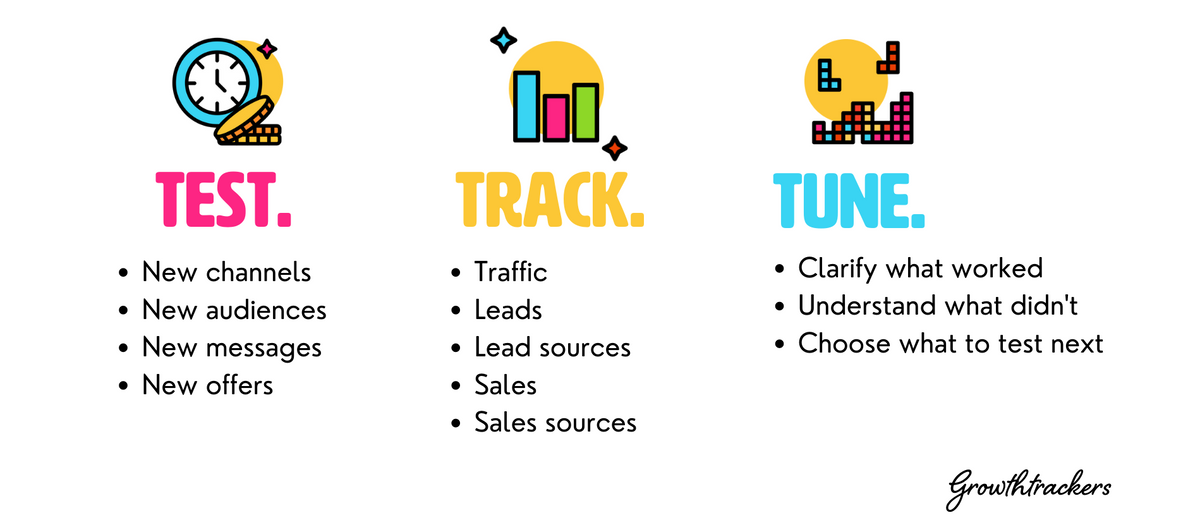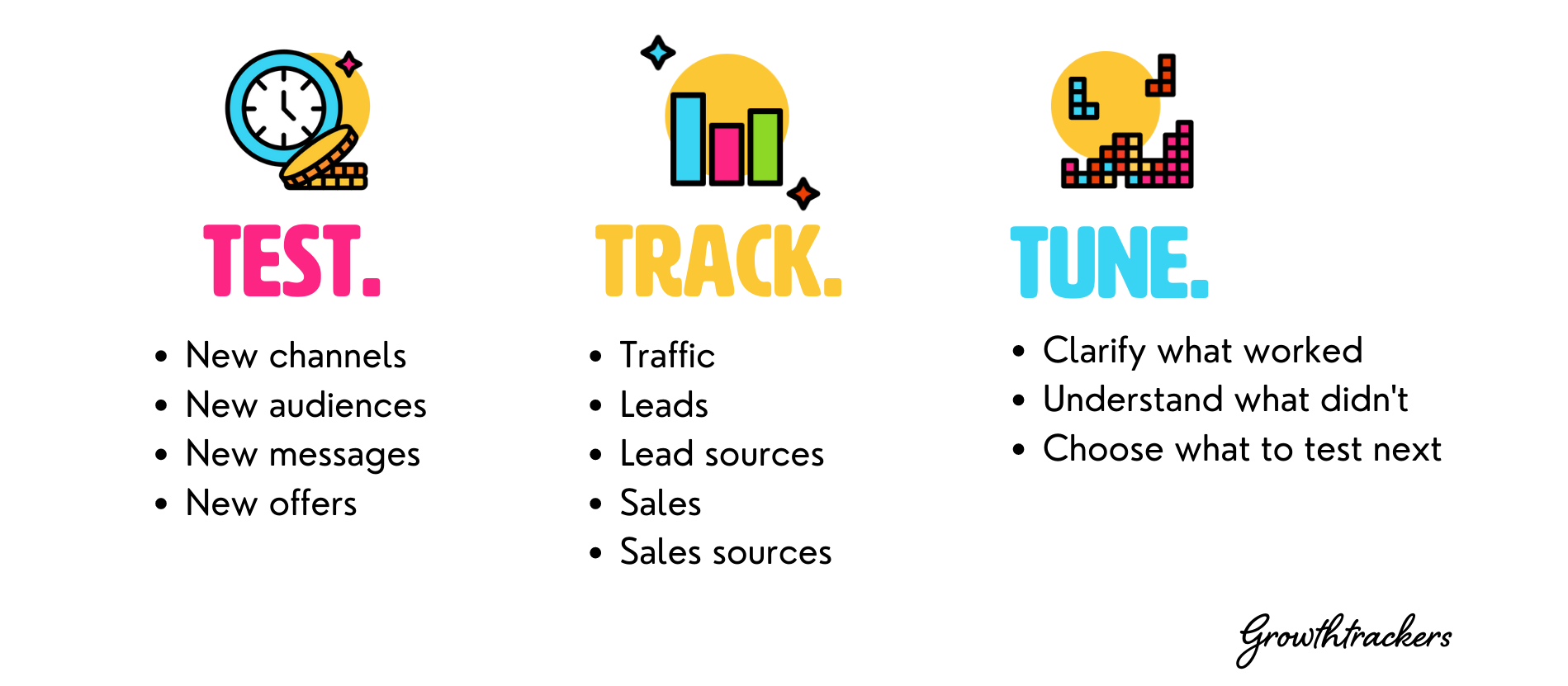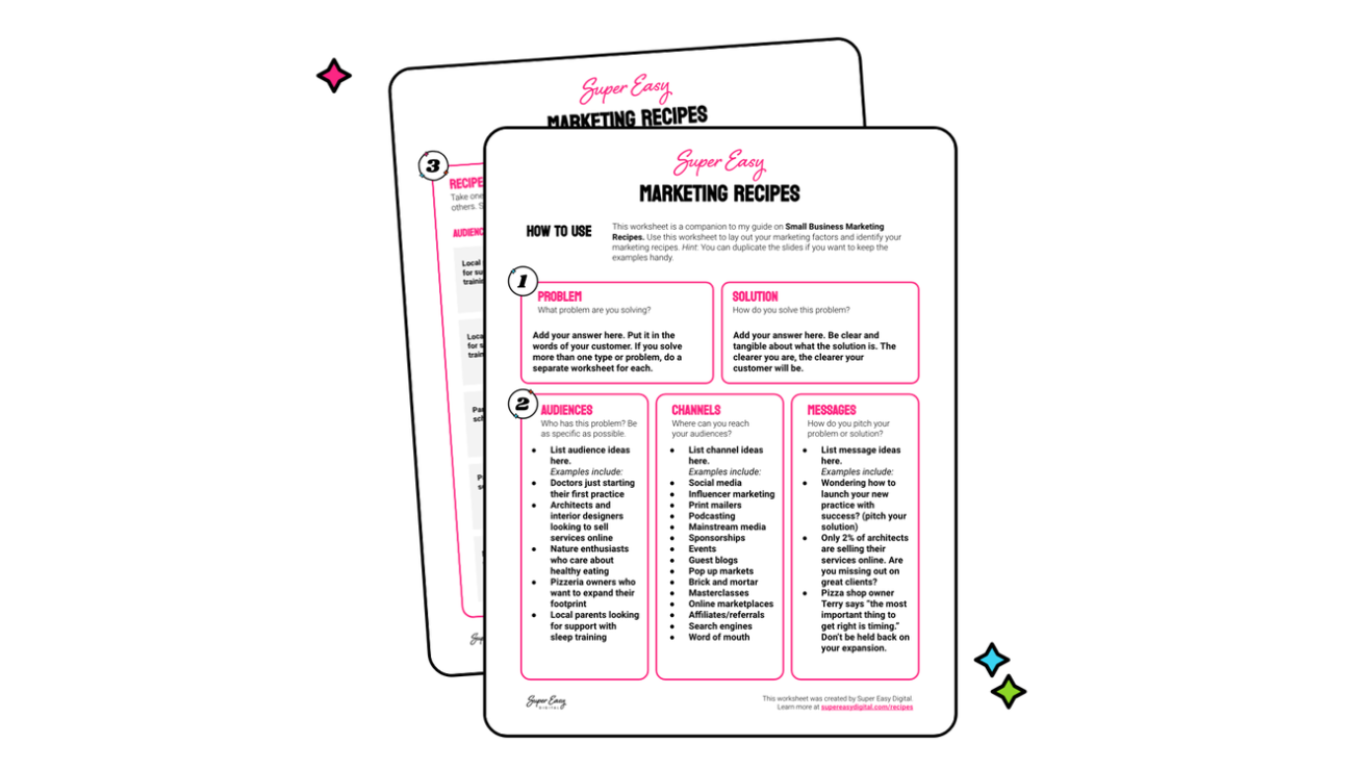Unlock the audience for your open hardware innovations
This week we invited marketing genius and friend Lex Roman of Super Easy Digital to share some thoughts with the community on marketing open hardware

When you build something useful, you want to share it with the world. But where do you start? Twitter? Google? Email? A blog? A conference? Getting your creation out there may seem daunting with so many ways to spread the word.
Luckily, it turns out marketing and science have a lot in common! You can leverage the scientific method to connect with your audience, no matter where you decide to begin. Just like in your product development process, you may not always have the exact formula right out of the gate. The key to success is learning and iterating around what works.
(Side note: I’m using marketing as a shorthand for connecting your work with your audience. These principles apply fairly broadly even to pitching conference talks, getting featured in press or sharing a new blog post. Anywhere you want to get noticed!)
So how do you apply the scientific method when it comes to marketing?

Step 1: Test
Start by defining a couple tests to see if you can reach your audience and engage them towards a sale (or whatever action you want them to take).
Good early tests can include things like:
- Asking a few trusted colleagues if they’d be willing to share your latest paper
- Offering an easy free resource in exchange for getting an email newsletter subscriber
- Opening up pre-orders for a new product in a forum or group you actively participate in
Your tests should be aligning towards the goals you have so if you want people to buy something, you’ll want to start with people who are closest to that purchase moment before moving on to reach total strangers.
People who have interacted with you or your work before are your best early supporters.
Whether that means reconnecting with relevant colleagues, reigniting an old email list or getting back into your blog, start where there has already been proof of life! Take it one test at a time, maybe two if you’re feeling fiery and in the early days, make sure no test takes more than one month to run. Otherwise, you may over invest in the wrong direction and waste your own time and money. Smaller feedback loops help you learn faster.

Step 2: Track
As you run your tests, you want to make sure to track your efforts. The top metric to track is what you are working to drive. If you’re looking to book more speaking gigs, that metric is # of gigs booked. If you’re selling a book, it’s # of books sold/revenue. If you’re selling a product, it’s # of products sold/revenue. Consider what you’re moving and make sure you have an easy way to measure it. This can involve manual tracking in the beginning and later on, it can include tools like web analytics, email analytics, or business management tools (also called CRMs).
Each test may have its own metrics as well and if you’re into measurement (I’m betting you are since you’re on this list!) you can go deep on every step of your test journey.
For example, for a book waitlist test involving LinkedIn and an email list. You could measure:
- # of views on your LinkedIn post
- # of click throughs onto your email subscribe form
- # of email subscribers
- # of email subscribers who later order the book
When you measure each stage, it’s easier to tell where the gap is and it’s easier to identify how to address it. You can set these metrics in your test plans and review them when you’ve concluded your test.
Step 3: Tune
Now that you’ve run a test, it’s time to reflect on what worked, what didn’t and why. Gather your test data and analyze how the test went. A few questions to ask yourself:
- How close did I get to my goal for this test?
- What do I think happened to get in the way OR what worked to make the test successful?
- Should I continue with a new iteration of this test OR move onto my next test idea?
When it comes to looking at how a test performed, quantitative and qualitative data go a long way to helping paint a clear picture. Bring your metrics and any comments or feedback people shared together and reflect on what the information is indicating.
To continue our book waitlist example with a LinkedIn post going to an email newsletter signup:
- If a lot of people are viewing but not clicking, it’s either an issue with the post content itself OR your audience there may not be the right one for your book
- If a good amount of people are clicking through but not signing up, it’s likely an issue with the message or usability of your newsletter subscribe form
- If people reply or comment with confusion or questions indicating interest but not taking action, you have a messaging opportunity as well to make them feel more ease taking the action
Just like with your scientific experiments, there’s a lot of factors to hone with marketing experiments but it goes a long way to get in there and start testing. The more we test, the more we learn and even when we learn what doesn’t work, we make faster progress towards what will work.
If you’re newly running experiments to connect with your audience, check out my free Marketing Recipes worksheet and get in touch if I can offer any guidance: lex@supereasydigital.com
.png?format=1500w)





Comments ()